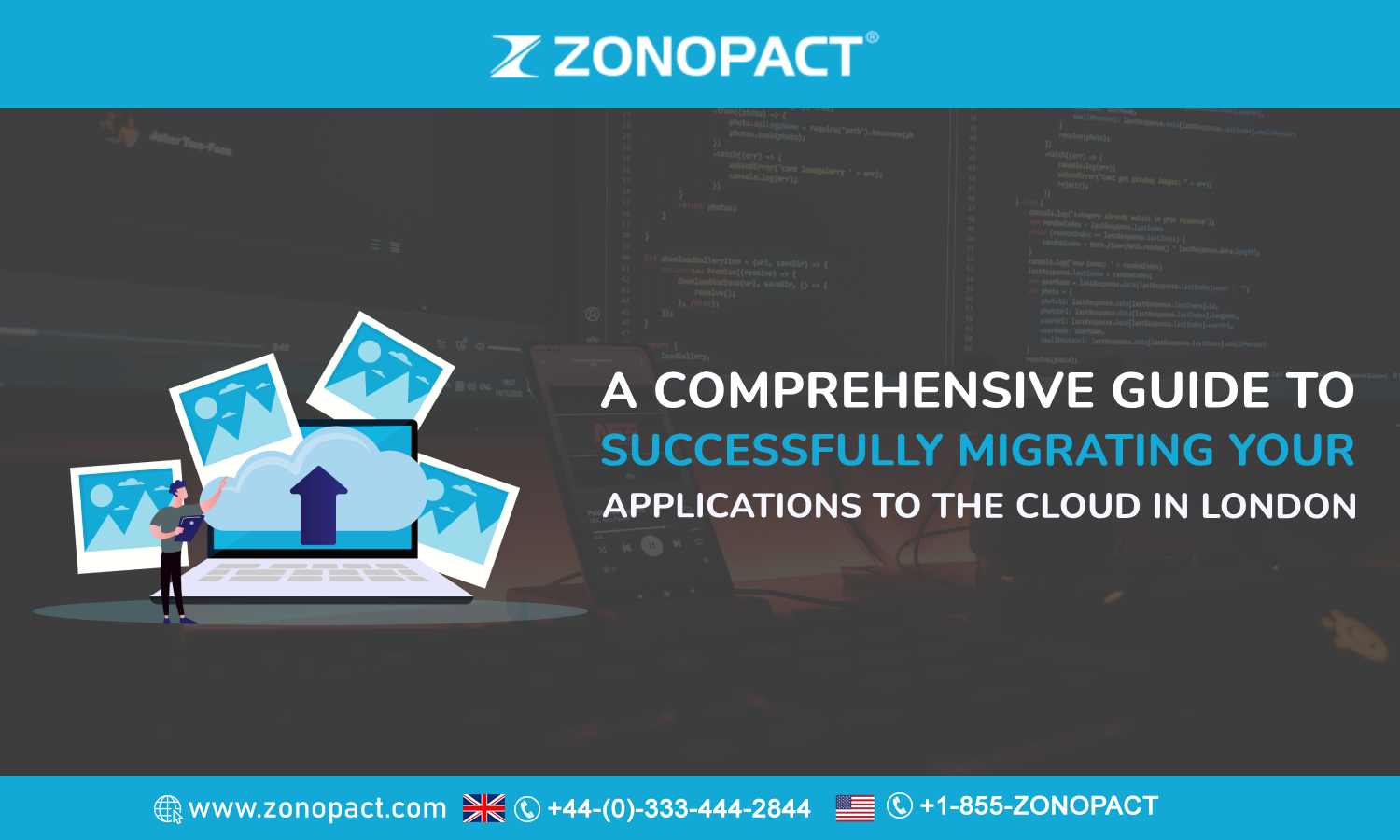
In today’s digital age, businesses of all sizes are embracing cloud computing technology to streamline their operations, reduce costs, and improve efficiency. Cloud computing offers many benefits, including scalability, flexibility, and reduced IT infrastructure costs. However, migrating your applications to the cloud can be a daunting task, especially if you don’t have the right expertise and resources. That’s why we’ve put together this comprehensive guide to help you successfully migrate your applications to the cloud in London.
Why Migrate to the Cloud in London?
There are many reasons why businesses are migrating their applications to the cloud in London. One of the main reasons is cost savings. Cloud computing eliminates the need for expensive hardware and software, as well as the costs associated with maintaining and upgrading them. Another reason is scalability. Cloud computing allows businesses to scale their operations up or down quickly and easily, depending on their needs. This makes it ideal for businesses that experience fluctuations in demand. In addition, cloud computing provides businesses with flexibility. It allows them to access their applications and data from anywhere, at any time, as long as they have an internet connection. This is particularly beneficial for businesses that have remote workers or multiple locations. Cloud computing also provides businesses with improved security and disaster recovery capabilities. Cloud service providers typically have multiple data centres, which means that if one data centre goes down, the others can take over. This ensures that businesses can continue to operate without interruption.Types of Cloud Migration
There are three main types of cloud migration:- Lift and shift migration: This involves moving your applications and data to the cloud without making any changes to them. This is the easiest and quickest type of migration, but it may not be the most cost-effective or efficient.
- Re-platform migration: This involves making some changes to your applications and data so that they can take advantage of the cloud’s scalability and other features. This type of migration can be more time-consuming and complex than lift and shift migration, but it can offer better performance and cost savings in the long run.
- Refactoring migration: This involves completely re-writing your applications so that they are optimized for the cloud. This type of migration can be the most time-consuming and complex, but it can offer the most significant benefits in terms of performance, scalability, and cost savings.